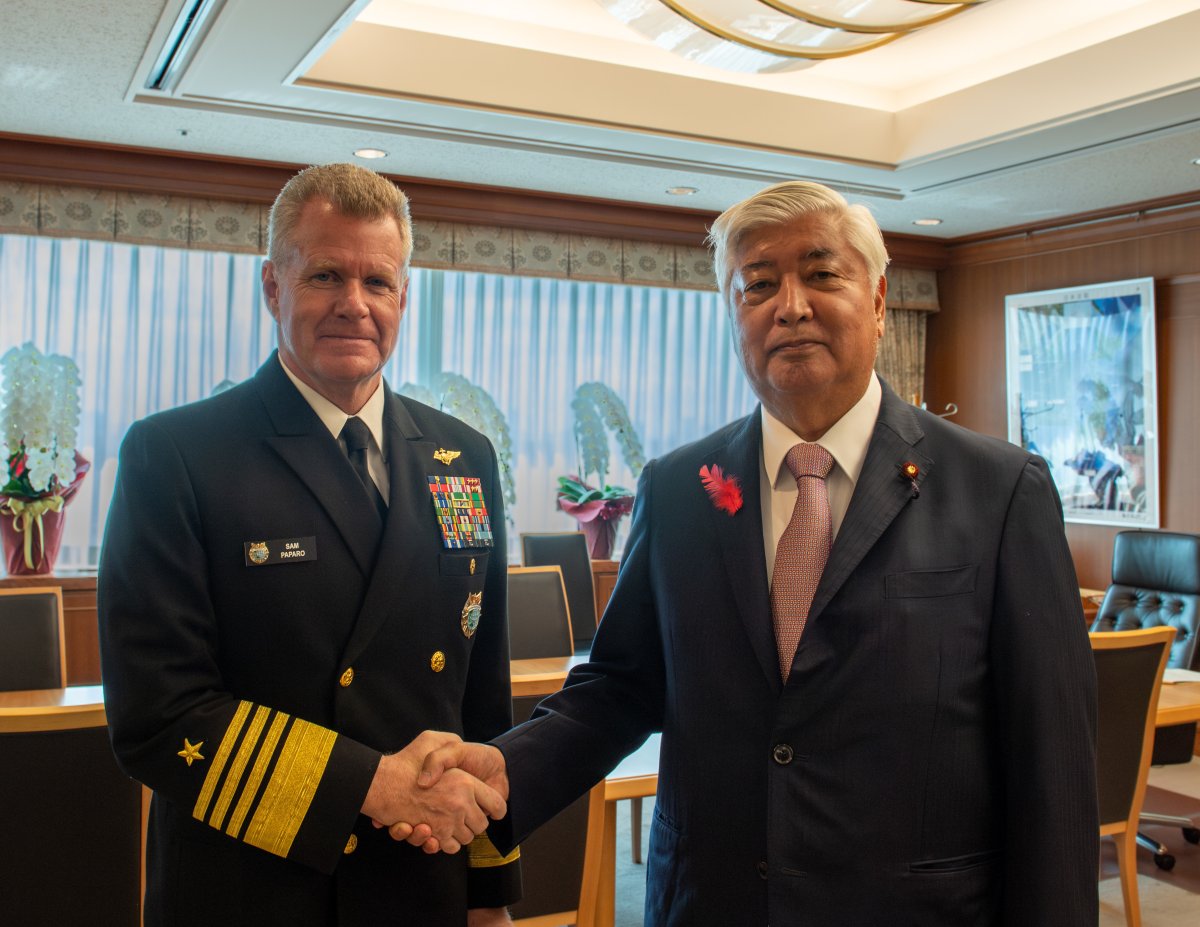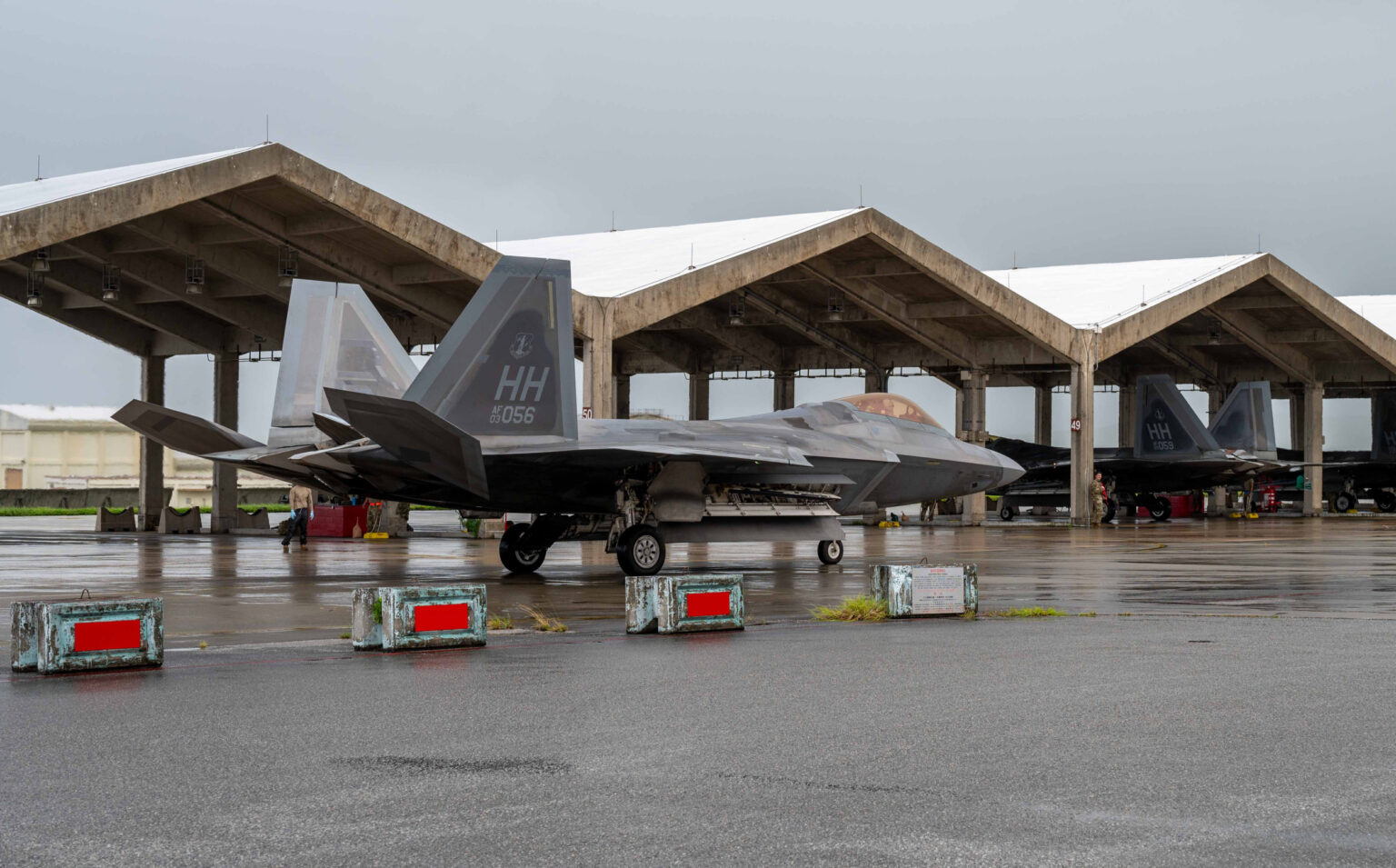The defense chiefs of the United States and Japan reaffirmed their commitment to expand military presence in a chain of strategic Western Pacific Ocean islands located near China.
U.S. Defense Secretary Lloyd Austin held his first telephone talks with Gen Nakatani, the newly appointed defense minister of Japan, on Tuesday. They reiterated the commitment to modernize the U.S.-Japan alliance’s command and control and expand bilateral presence in Japan’s Southwest Islands that lie between the East China Sea and the Philippine Sea.
The islands, or the Ryukyu Islands, are part of a defense concept known as the first island chain, which extends southward from Japan to Taiwan and the Philippines. It attempted to leverage allied or friendly territories to contain China in the wider Western Pacific Ocean.
However, the Chinese military has accomplished a breakthrough of the first island chain, where its fast-growing naval fleet operates in the wider Pacific Ocean frequently. China has the largest navy in the world by hull count, with more than 370 ships and submarines.
The U.S. military deployed 54,000 personnel in Japan pursuant to the U.S.-Japan Treaty of Mutual Cooperation and Security of 1960. Okinawa, a Japanese prefecture that covered two-thirds of the Southwest Islands, hosts more than half of the U.S. forces in the country.
The southwestern Japanese prefecture is also home to 70 percent of American military bases in Japan, including Kadena Air Base. The hub of air power is referred to as the “Keystone of the Pacific,” an important outpost for the U.S. Air Force to project its power in the region.
In July, the Pentagon announced that it will upgrade its presence at Kadena by deploying 36 newer F-15EX fighter jets to replace 48 older F-15C/D fighter jets while continuing to maintain a rotational presence of fourth- and fifth-generation tactical aircraft at the base.
Modernization of the alliance’s command and control was announced in July as well. The U.S. forces in Japan will be upgraded to a joint force headquarters with expanded missions and operational responsibilities to “better meet the challenges of today and tomorrow.”
Nakatani told reporters that he and Austin shared the awareness that unilateral attempts to change the status quo by force or coercion were intensifying in the Indo-Pacific region.
Japan has accused China of attempting to change the status quo of the East China Sea, where they have disputes over the uninhabited Senkaku Islands, also known as the Diaoyu Islands. The Chinese coast guard has been conducting armed patrols around the islands.
Japan also concerned the tension in the Taiwan Strait, which it has stressed the peace and stability between China and Taiwan, a self-ruled island supported by Washington. Beijing views the island as a breakaway province and refused to renounce using force against it.

Yonaguni, Japan’s westernmost island and part of the Ryukyu archipelago, is less than 70 miles away from Taiwan’s coast. The waterway between them is known as “Yonaguni Gap” where it has been increasingly used by the Chinese military for transits and operations.
Meanwhile, Admiral Samuel Paparo, commander of the U.S. military forces in the Indo-Pacific region, visited Japan on Monday and Tuesday. He met senior Japanese officials, including Nakatani, and discussed commitment to address current security challenges.
Read the full article here

